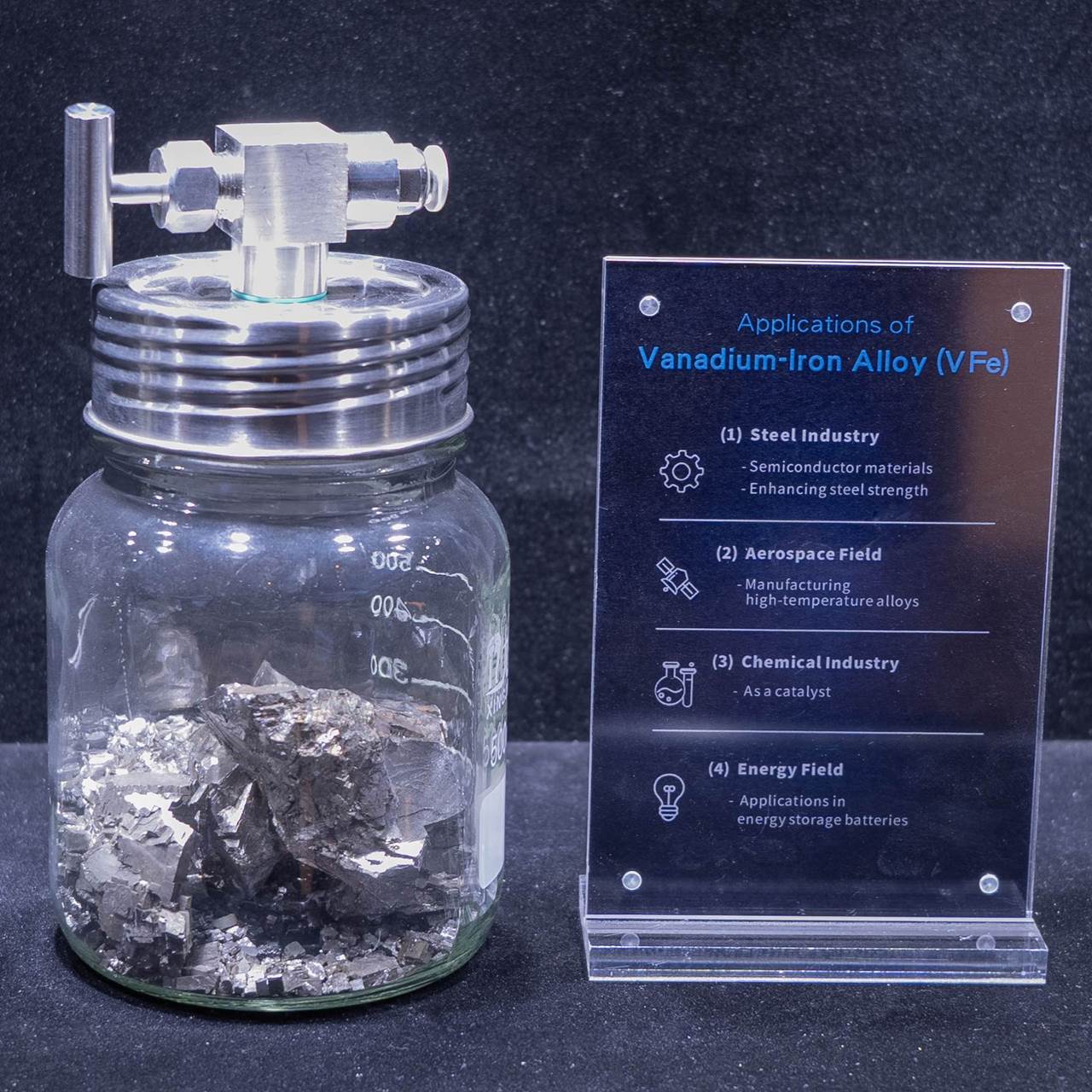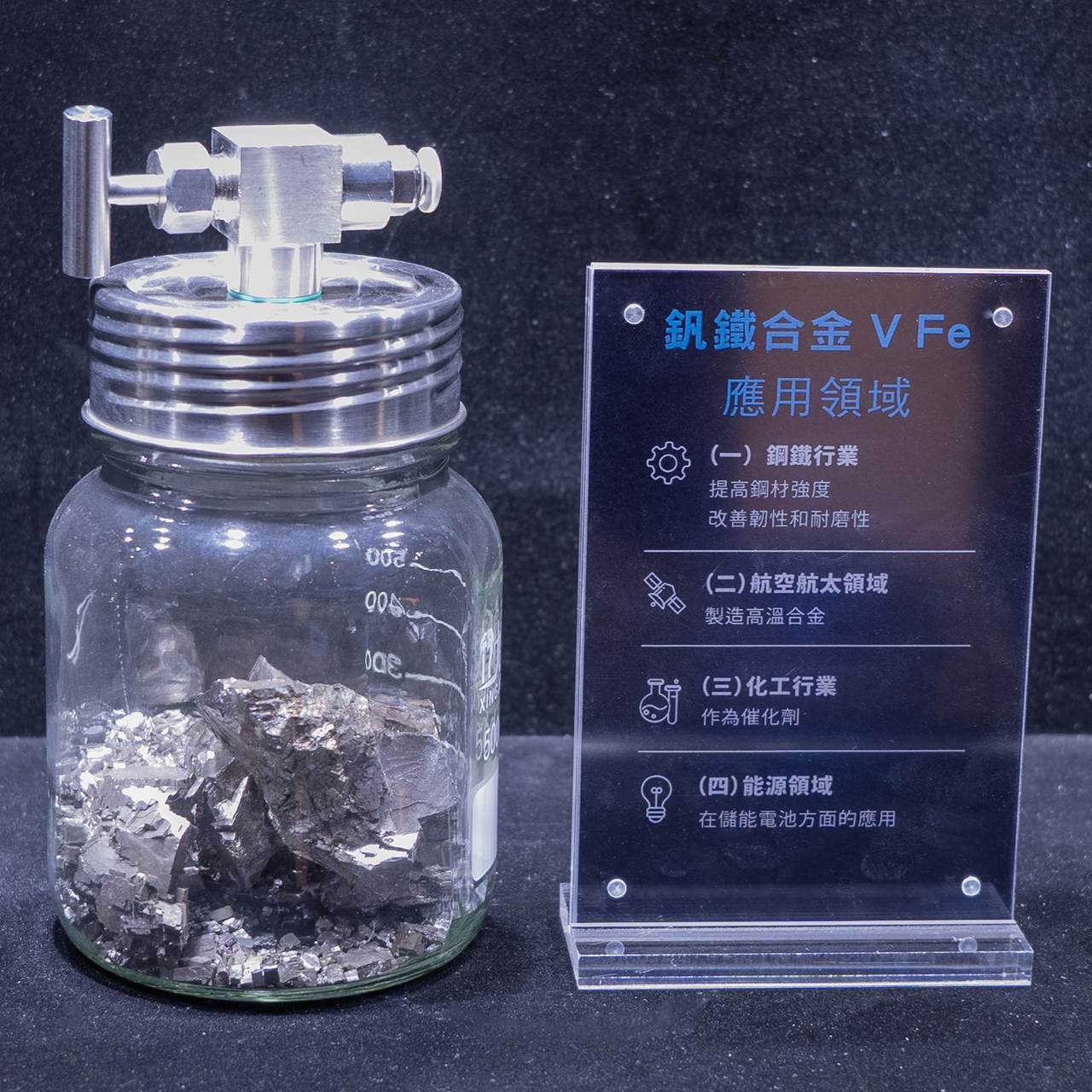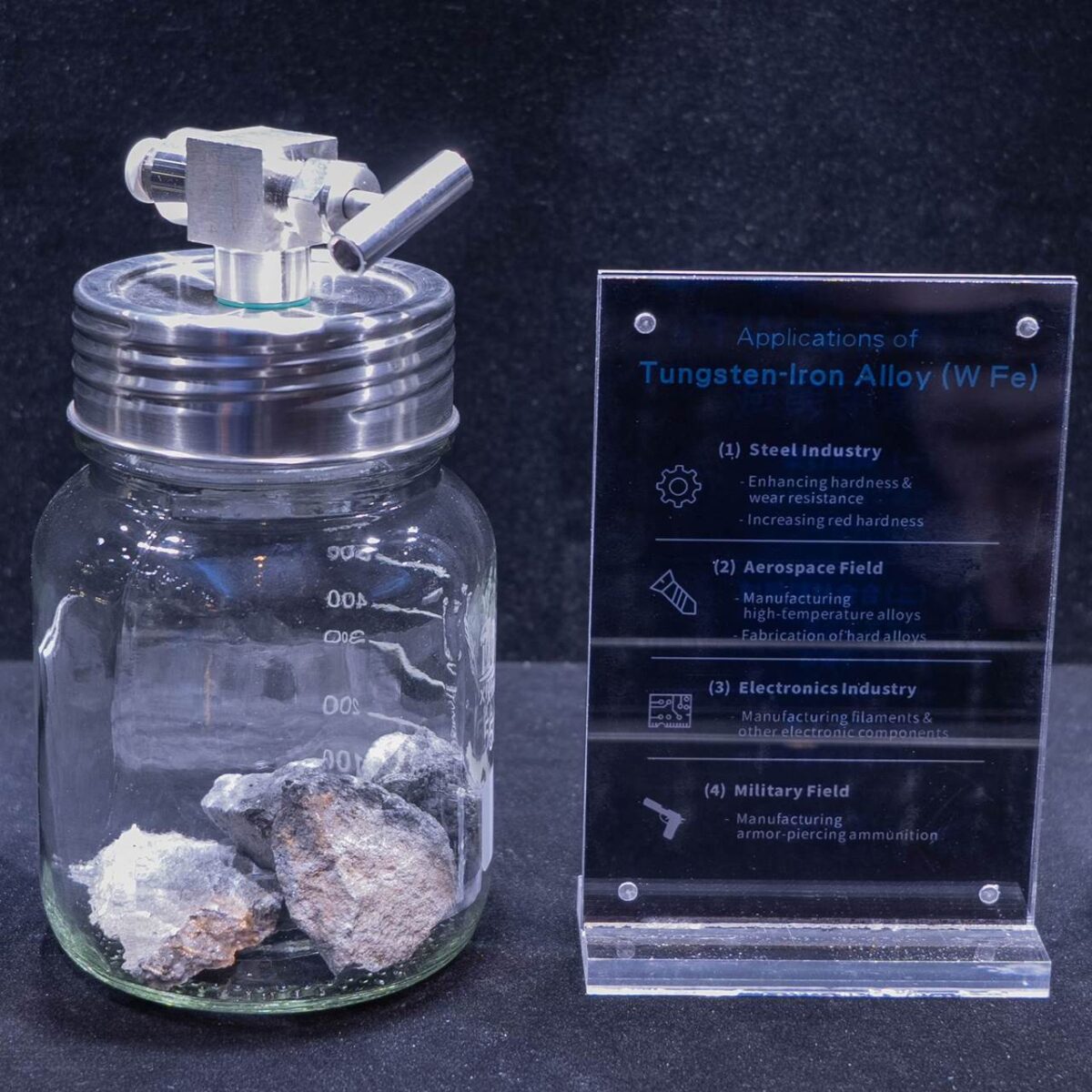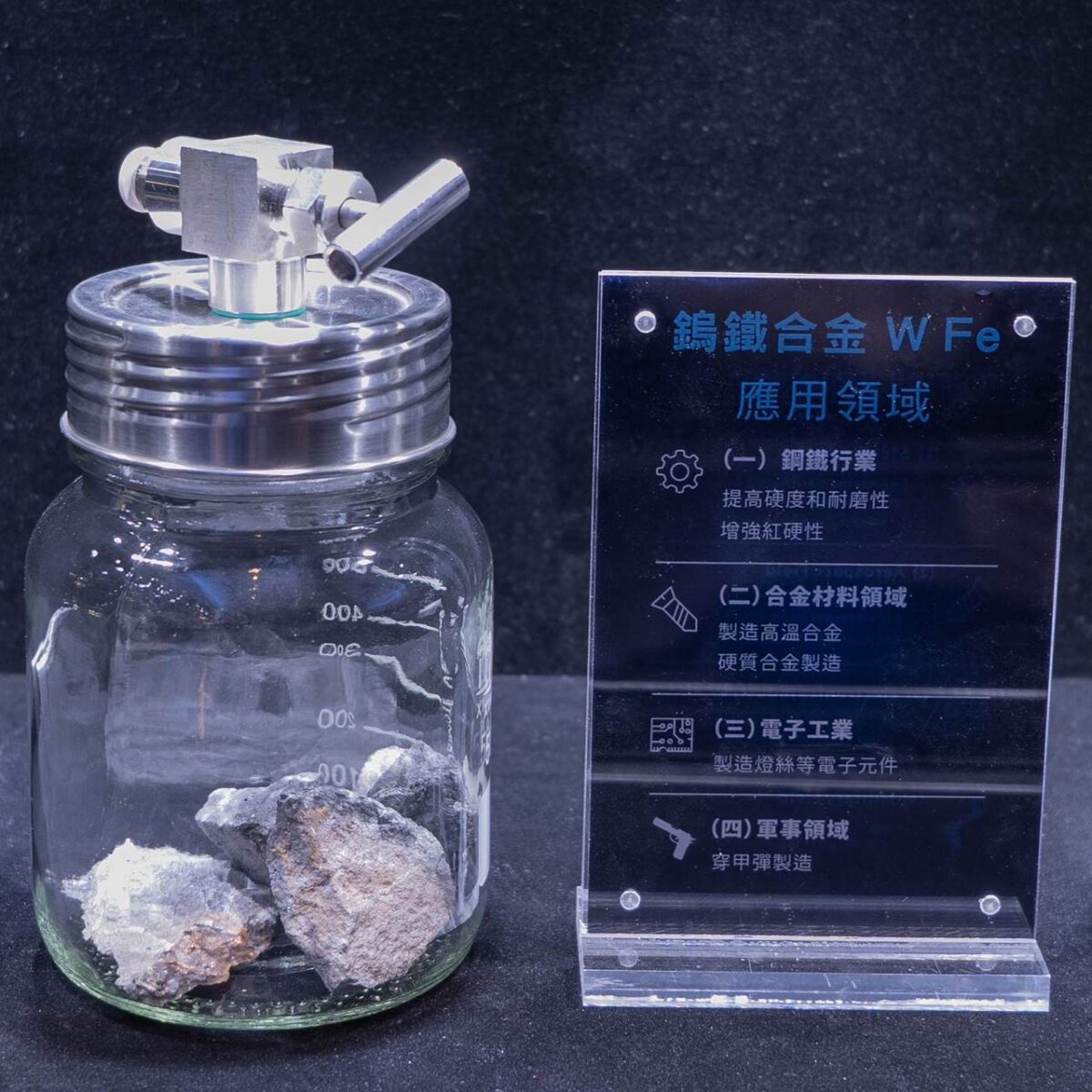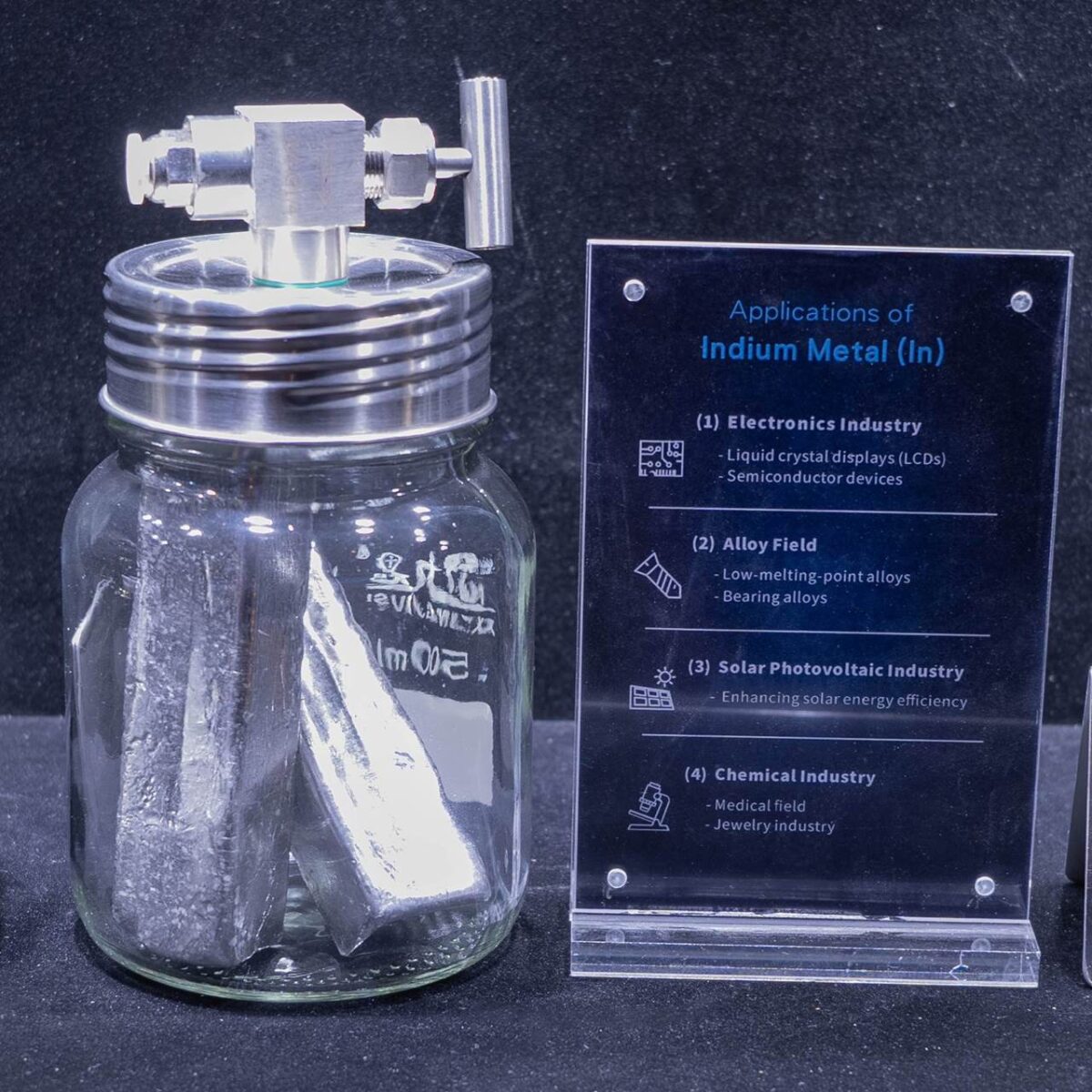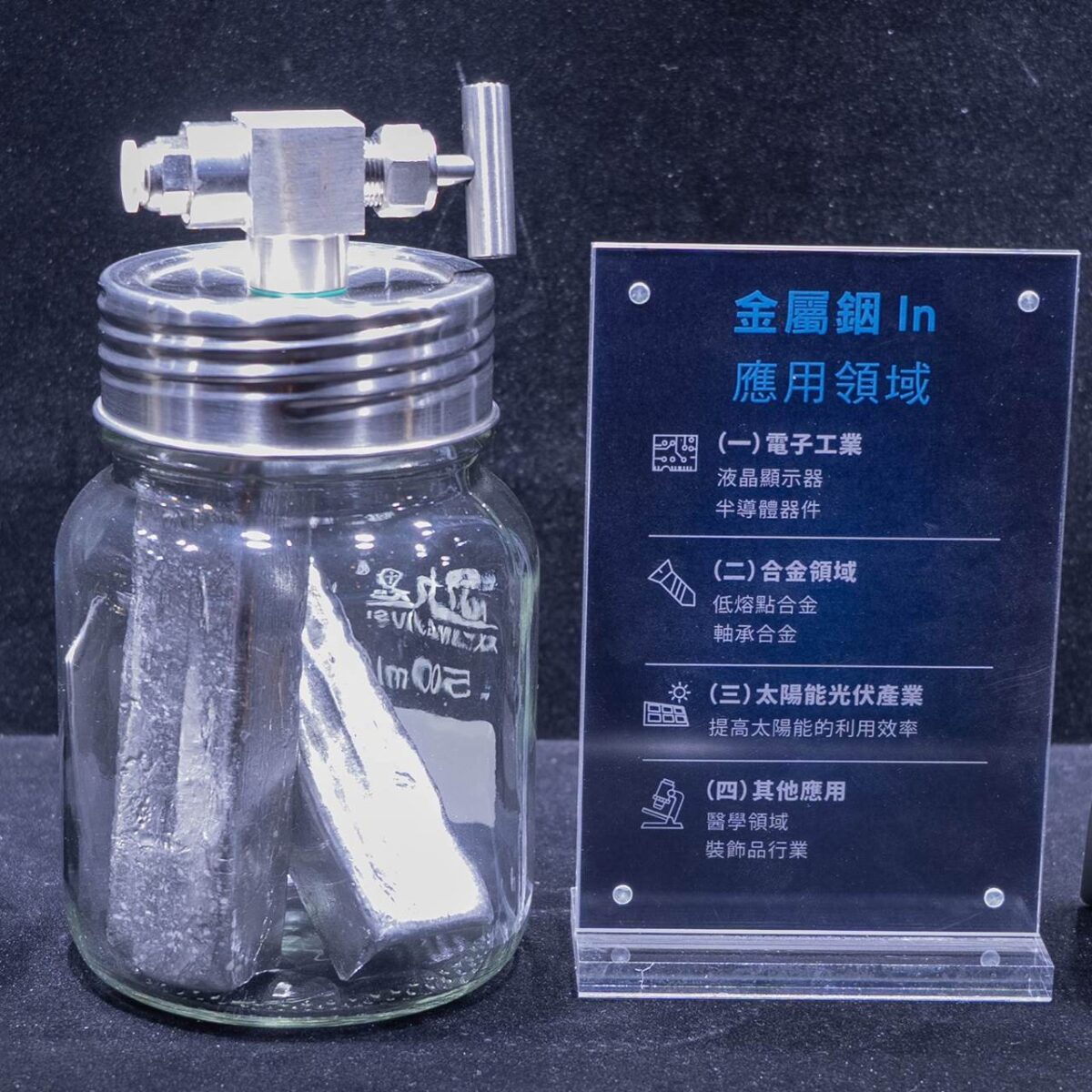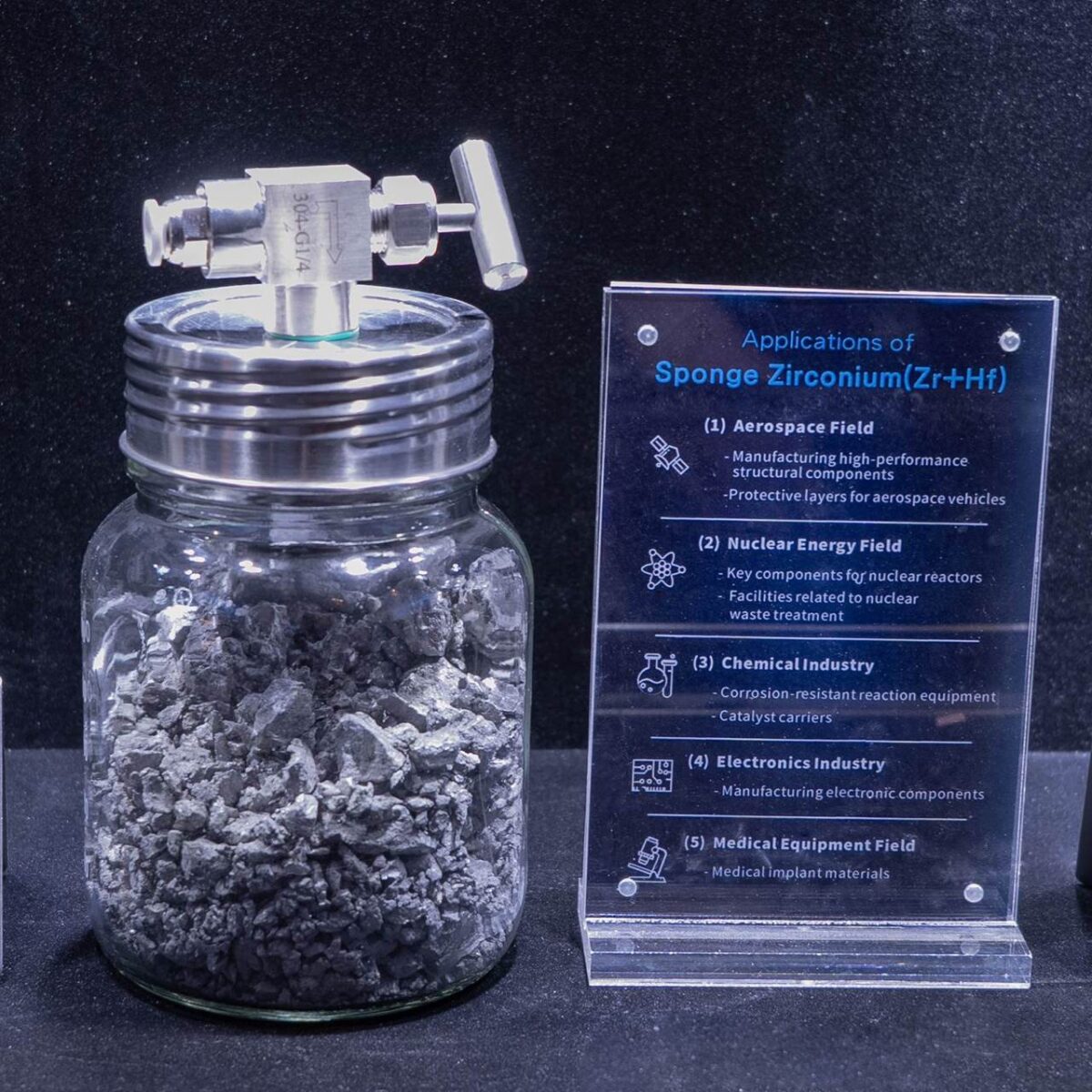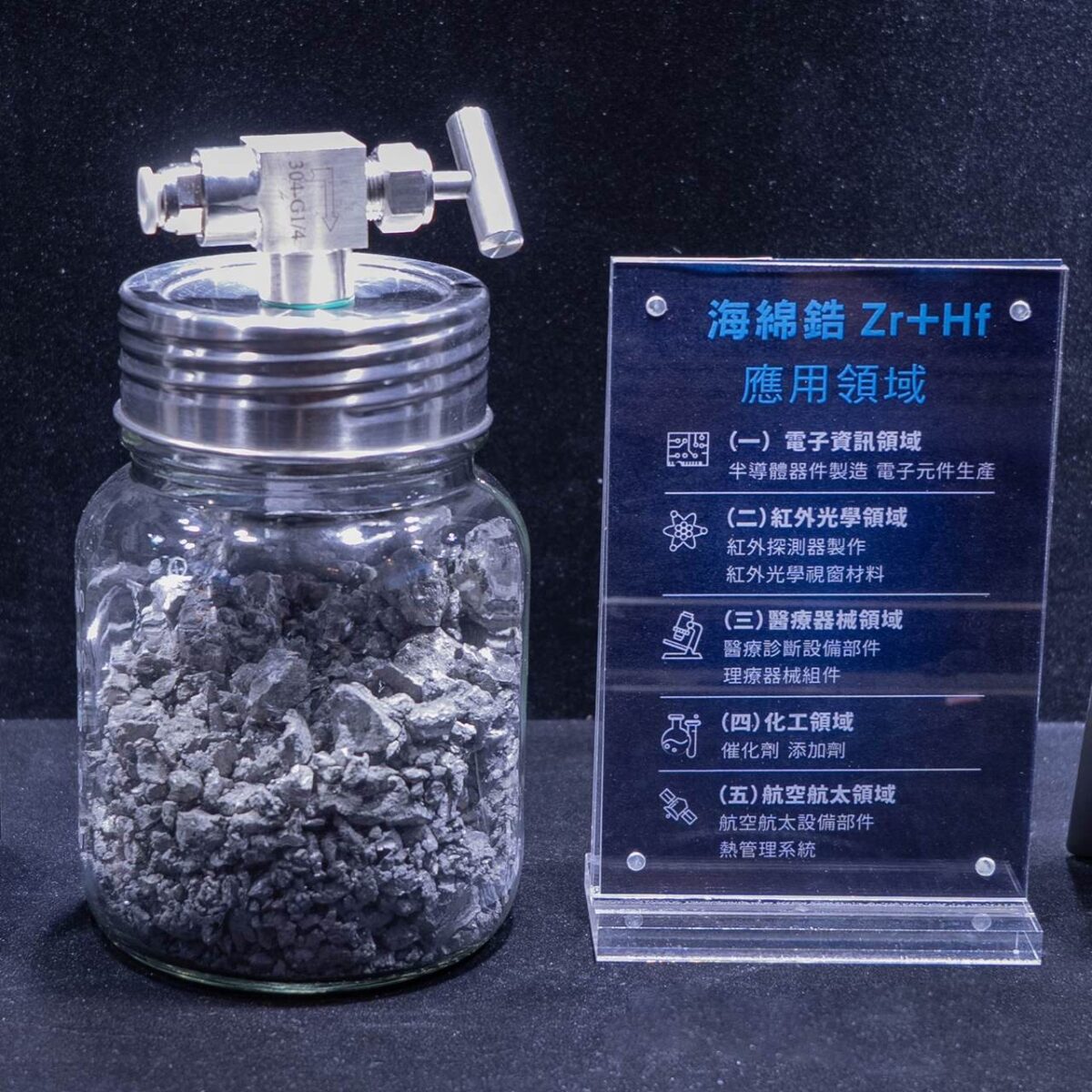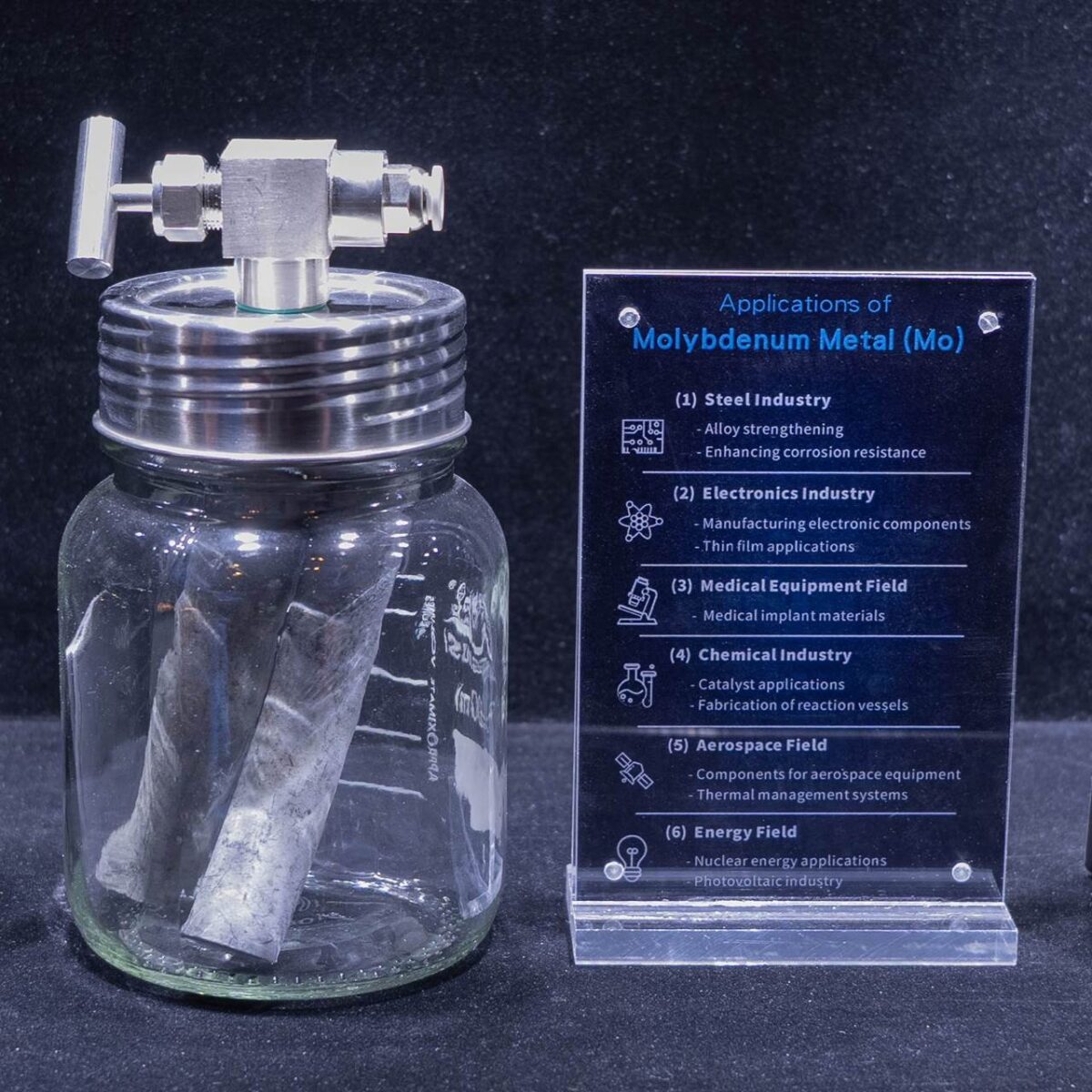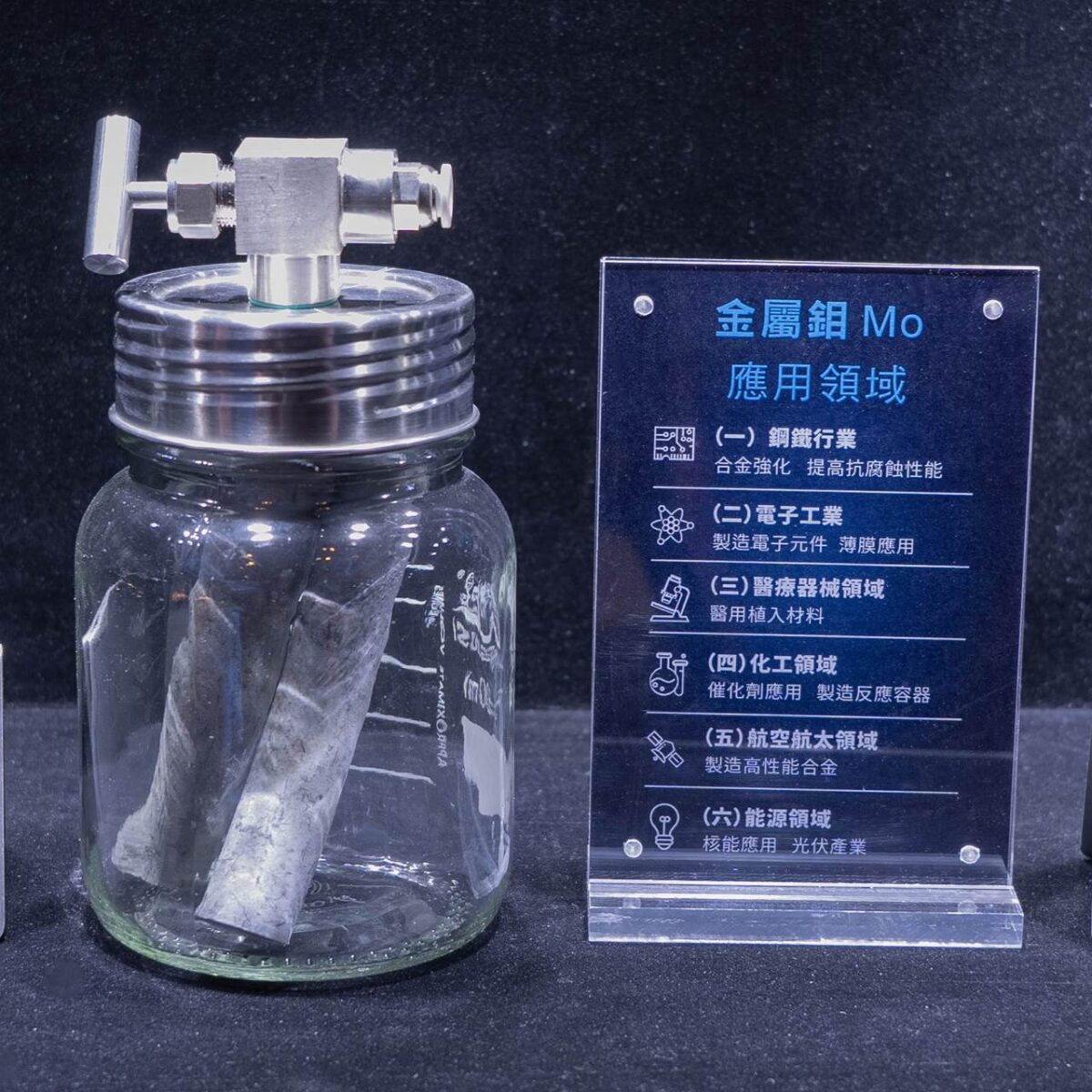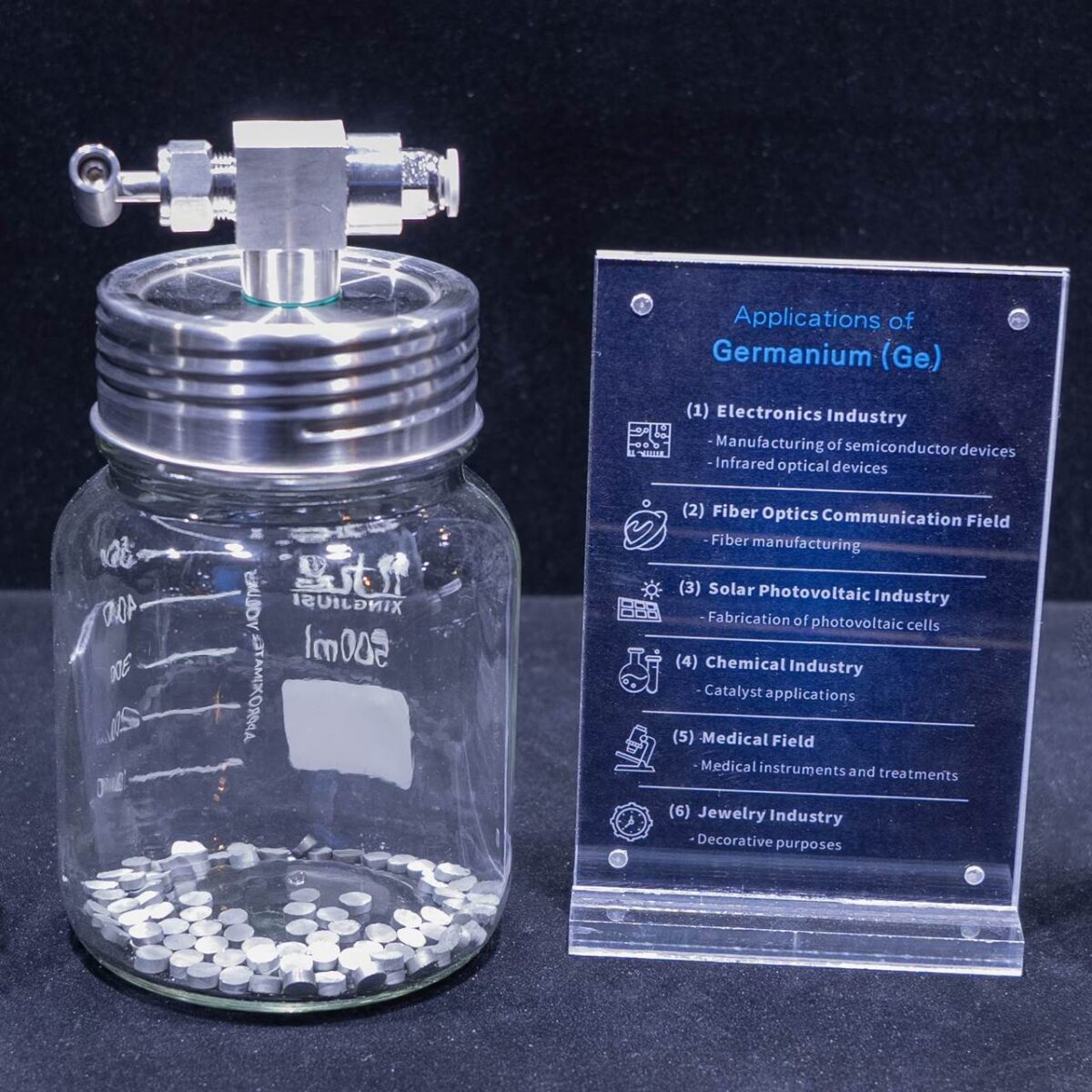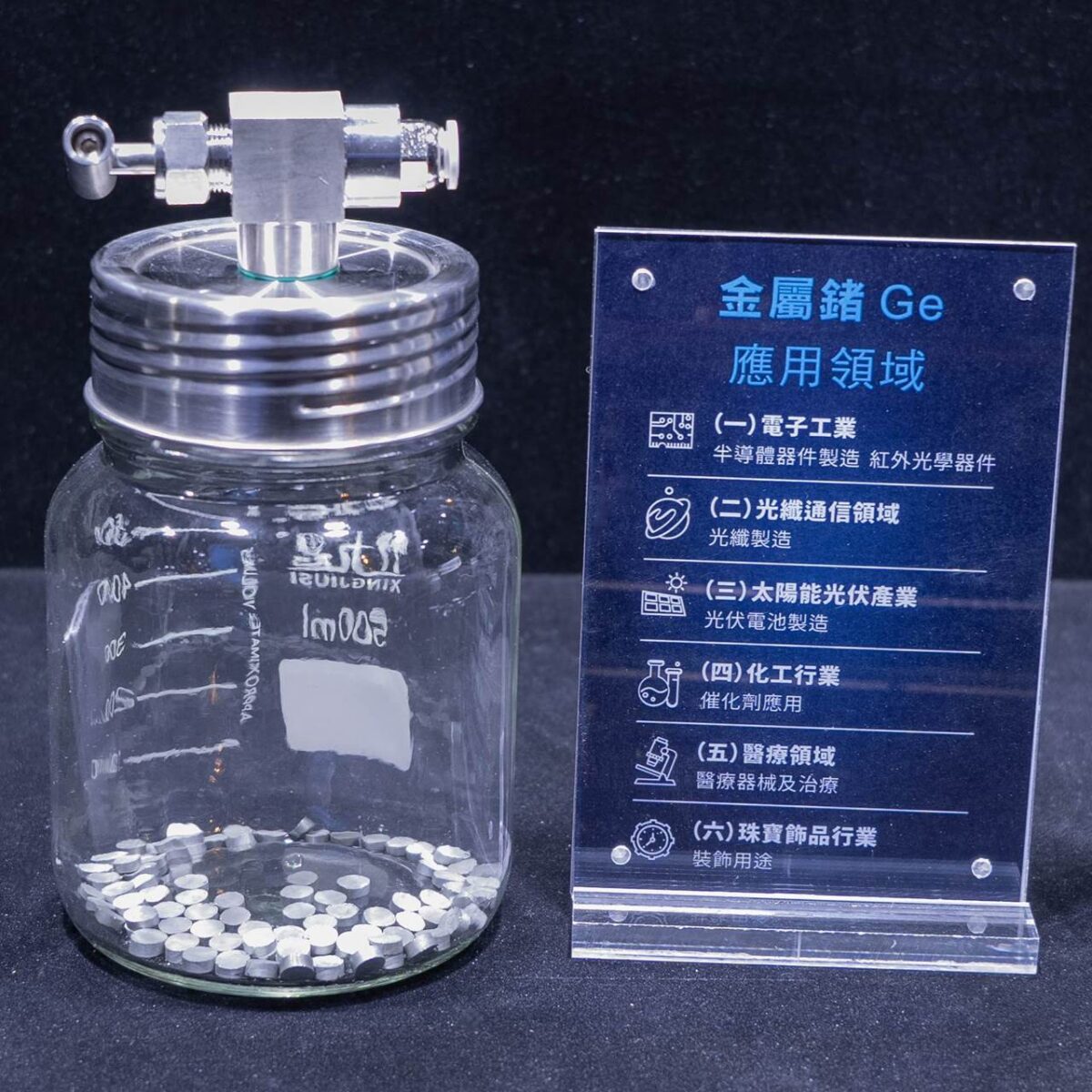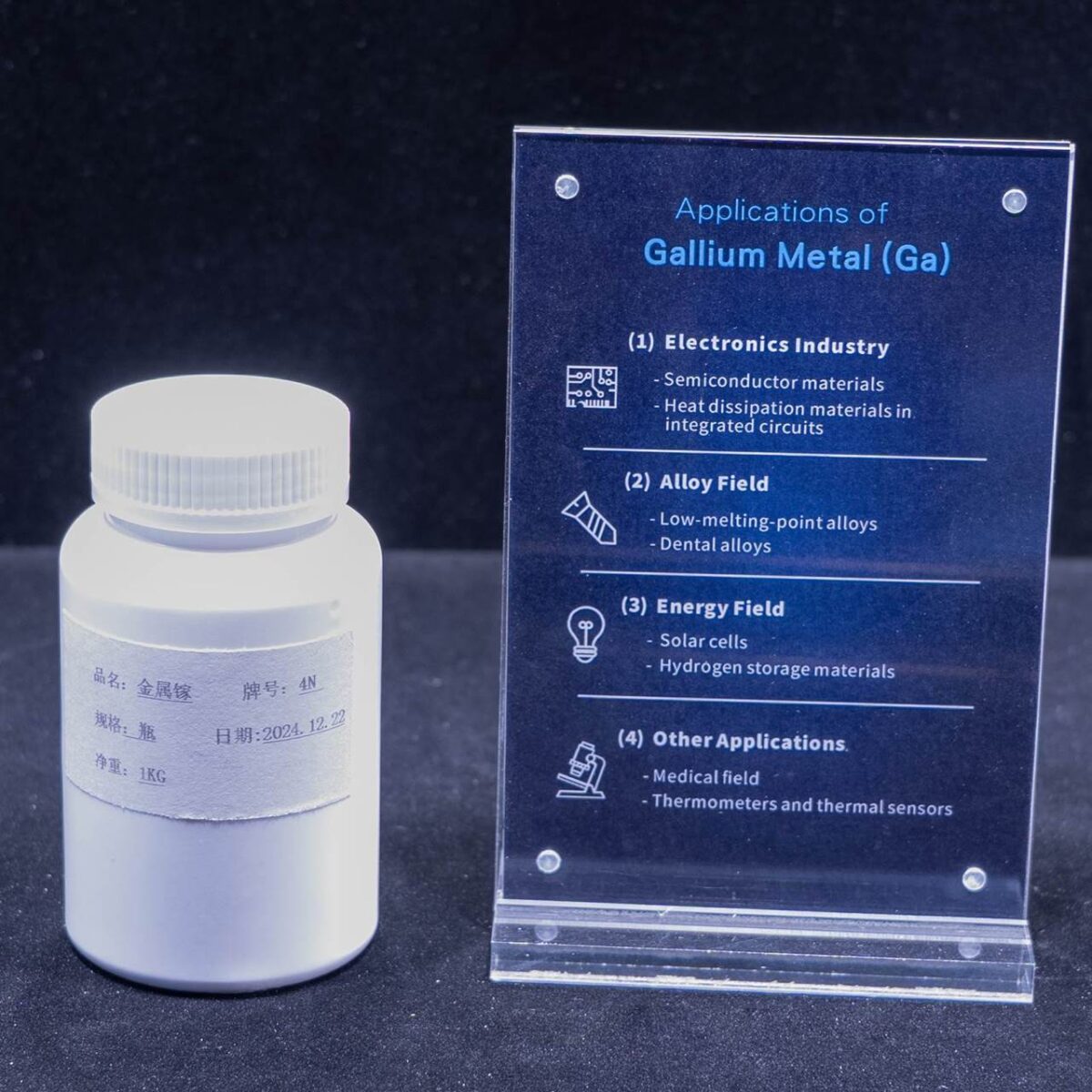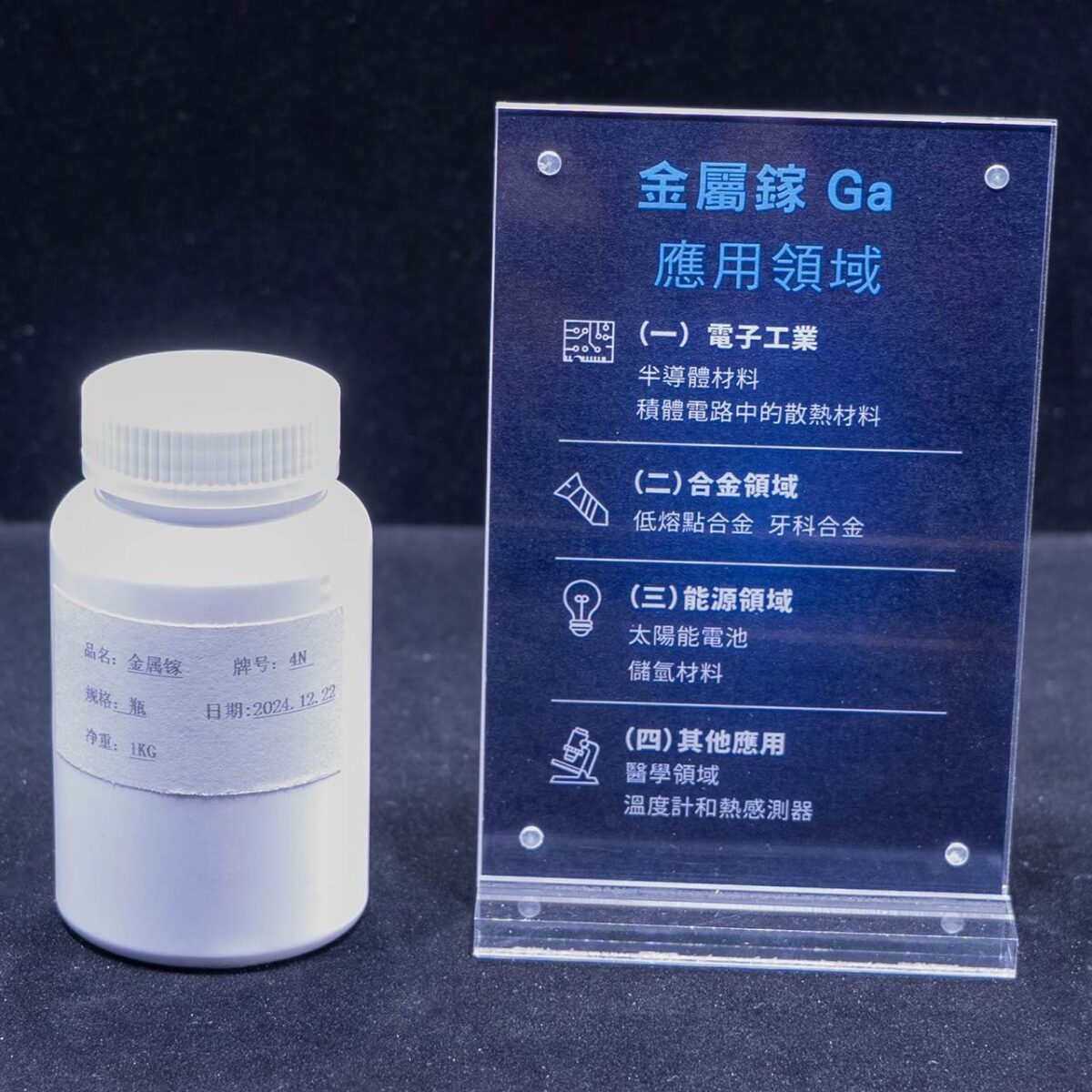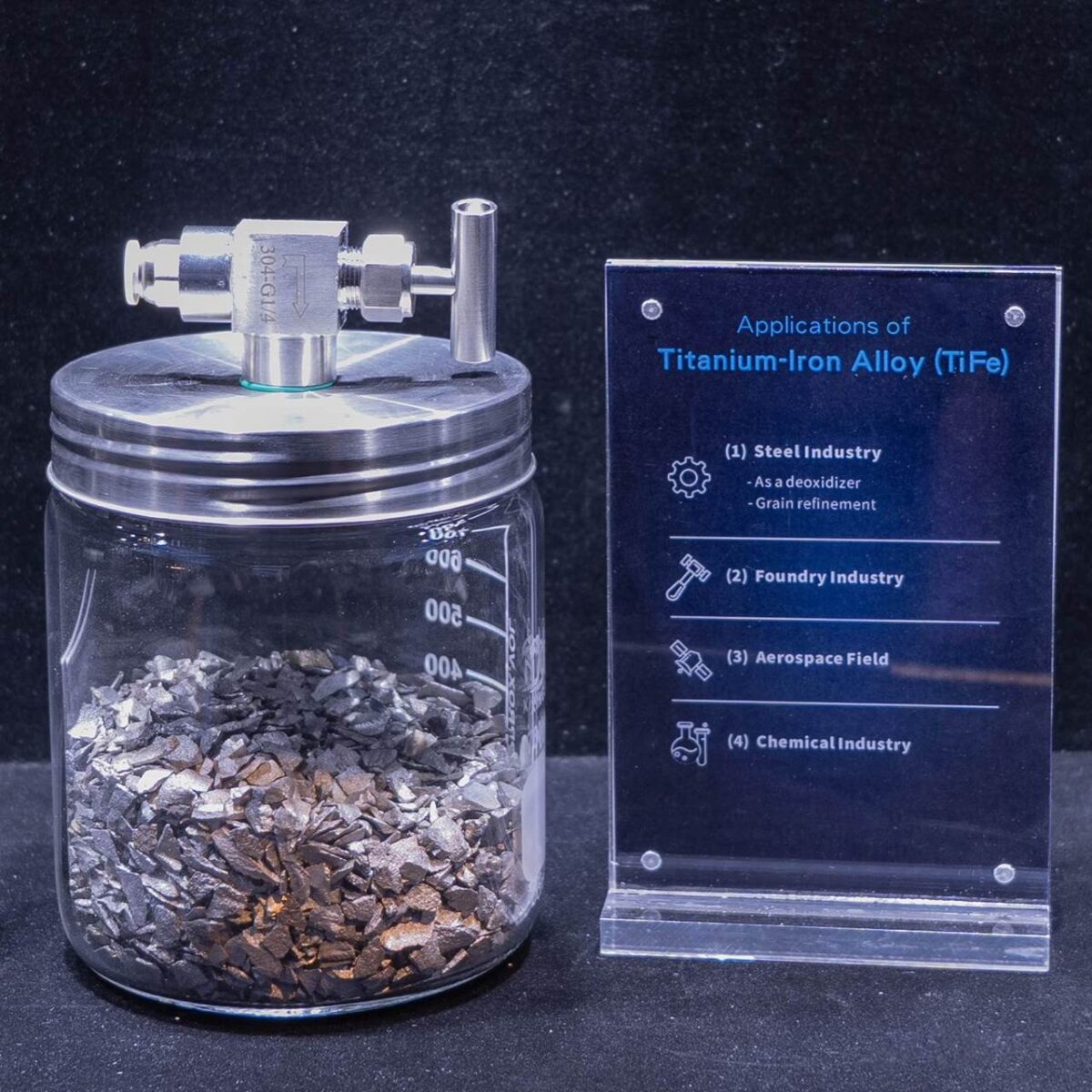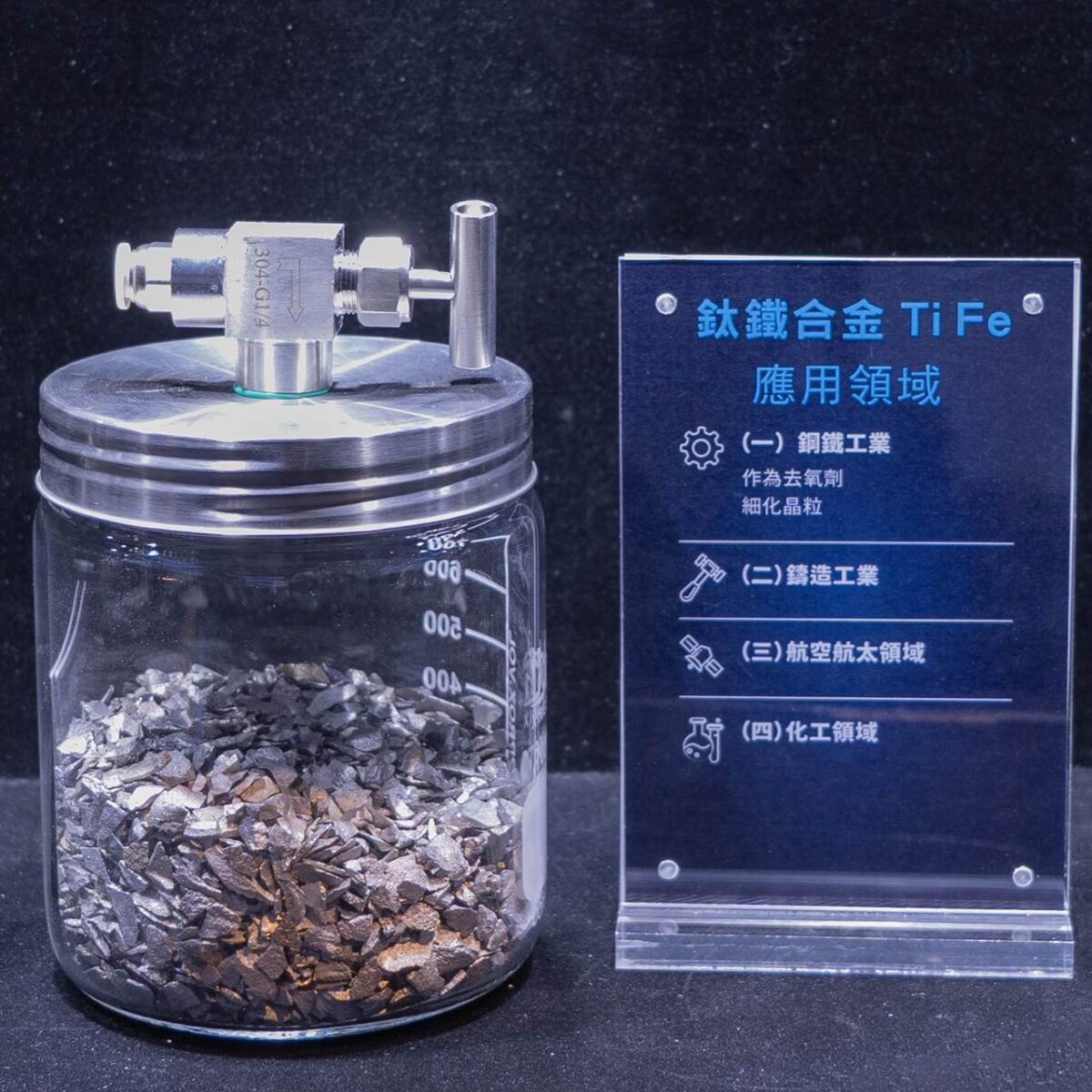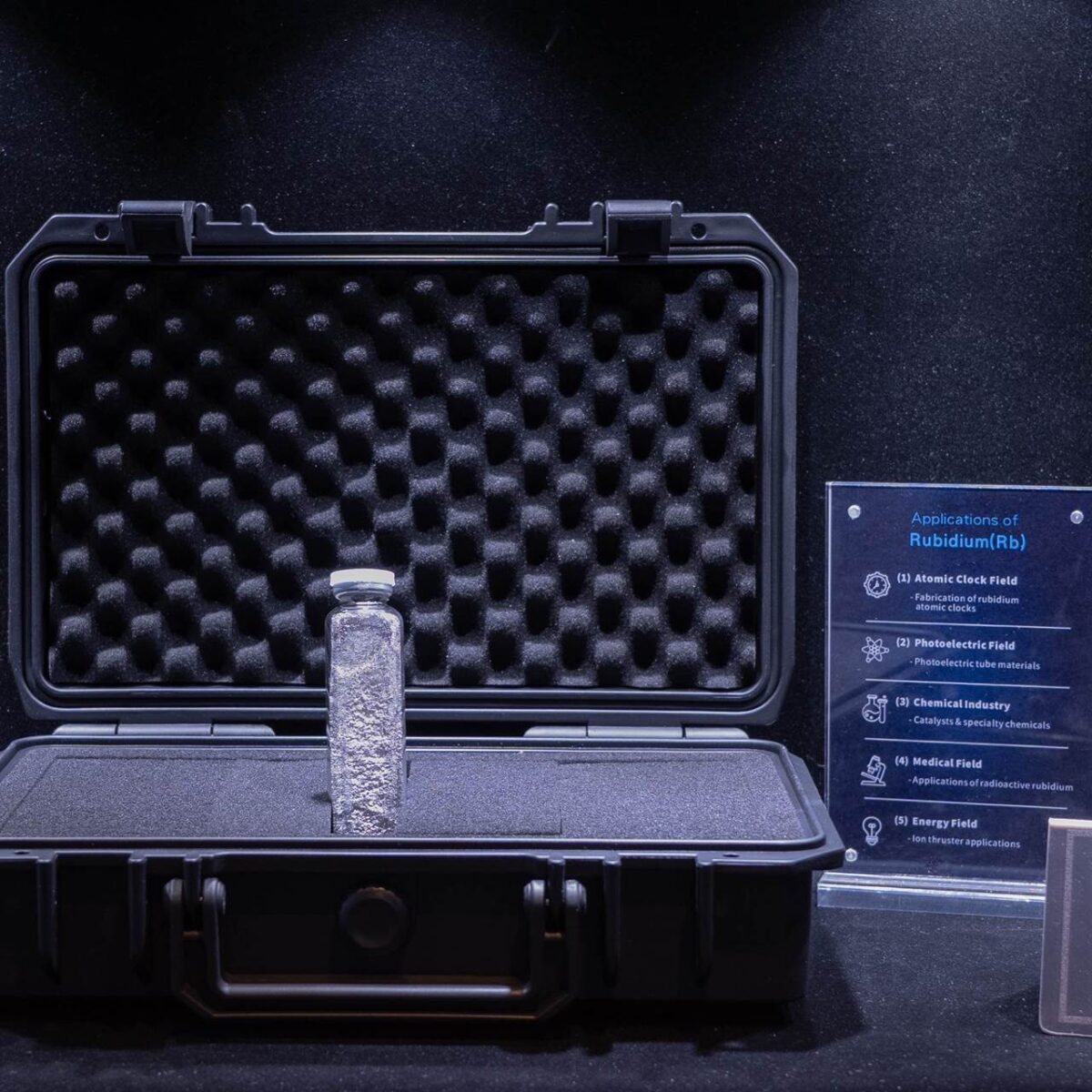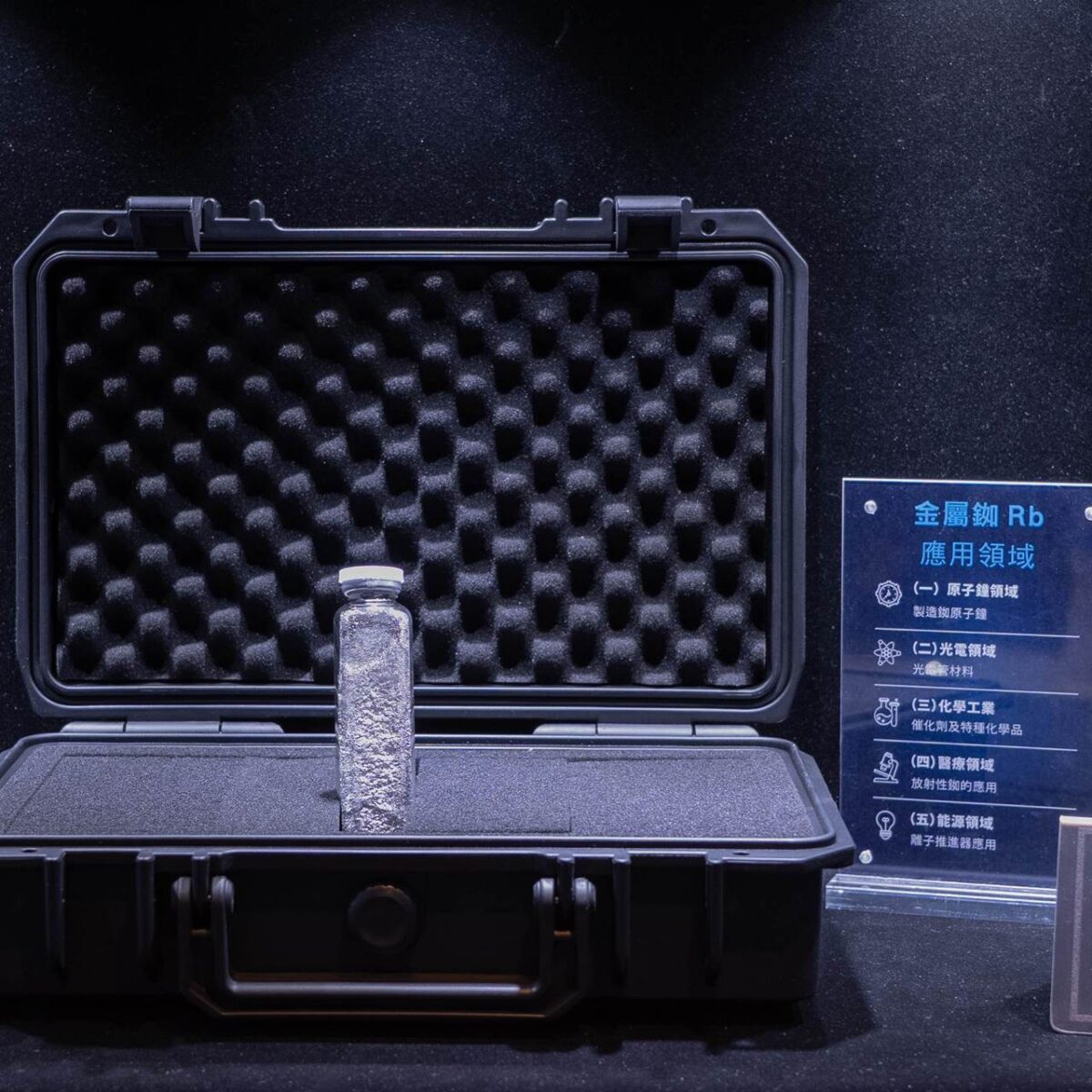Melting and boiling points
The melting point of vanadium-iron alloy varies depending on the vanadium content, generally in a higher range, roughly between 1400℃ – 1600℃, and the boiling point is even higher, ensuring its stability in high-temperature environments, making it suitable for some high-temperature processing and application scenarios.
Density and hardness
Its density is increased compared to pure iron, usually around 7 – 8g/cm³, and the hardness will also change with the vanadium content, with an overall hardness higher than that of pure iron, possessing better mechanical properties.
Ductility and electrical conductivity
It is ductile and can be processed and deformed by forging, rolling, and other methods. In terms of electrical conductivity, compared to pure iron, the electrical conductivity of a vanadium-iron alloy will change accordingly due to the addition of vanadium elements. However, it still belongs to the category of metal conductivity and can meet some application scenarios with certain electrical conductivity requirements.
Oxidation states and reactivity
Vanadium can have multiple oxidation states in compounds, commonly +2, +3, +4, +5, etc. In vanadium-iron alloy, vanadium forms certain chemical bonding states with iron and other impurity elements, and its chemical stability is relatively good. However, chemical reactions will also occur under specific conditions such as high temperatures and strong oxidation. For example, in a high-temperature oxygen-rich environment, vanadium elements will gradually be oxidized to form corresponding vanadium oxides.
Reaction with acids and bases
Vanadium-iron alloy can react with strong acids, such as dilute sulfuric acid, to produce corresponding vanadium ions and ferrous ions entering the solution while generating hydrogen gas. It is relatively stable in alkaline solutions, but under extreme conditions, such as long-term exposure to strong alkaline and high-temperature environments, slow corrosion and other reaction situations will also occur.
Steel Industry
Increasing steel strength
In the production process of various types of steel such as construction steel, mechanical manufacturing steel, and structural steel, adding an appropriate amount of vanadium-iron alloy, vanadium elements will combine with carbon, nitrogen, and other elements in the steel to form fine and dispersed carbides, nitrides, and other compounds. These compounds can effectively hinder the dislocation movement of steel under stress, thereby significantly improving the strength of steel, allowing steel to withstand greater loads, and not easily deform and break during use, greatly expanding the application range of steel.
Improving toughness and wear resistance
The appropriate amount of vanadium elements incorporated into steel can also play a role in refining grain size, which helps to improve the toughness of steel, making steel less prone to brittle fractures when subjected to impact and other external forces. At the same time, it can also enhance the wear resistance of the steel surface. For steel used in parts such as rails, automotive parts, and mining machinery that are subject to long-term friction, wear, and impact, steel with added vanadium-iron alloy can better meet the usage requirements, effectively extending its service life and reducing replacement costs.
Aerospace Field
Manufacturing high-temperature alloys
Key components of aerospace engines need to work stably in harsh environments such as high temperature, high pressure, and complex stress. Vanadium-iron alloy can be added as an important alloy element to nickel-based, cobalt-based, and other high-temperature alloys. It can improve the high-temperature strength, anti-creep performance, and oxidation resistance of high-temperature alloys, ensuring that these key components can still operate reliably in extremely harsh environments, playing a crucial role in ensuring flight safety and improving the overall performance of aircraft.
Chemical Industry
As a catalyst
In some chemical production processes, such as some organic synthesis reactions (like partial oxidation reactions, hydrogenation reactions, etc.) and sulfuric acid production, vanadium compounds processed from vanadium-iron alloy can be used as catalysts. They can effectively reduce the energy activated of chemical reactions, accelerate the reaction rate, thereby improving the efficiency of chemical production, and help improve the quality of products, making the various indicators of products more in line with production requirements and industry standards.
Energy Field
Application in energy storage batteries
In the research and development and production of some new energy storage batteries (such as all-vanadium flow batteries), vanadium-iron alloy is an important source of raw materials. Through a series of processing and extraction processes, vanadium elements are obtained for configuring key parts such as electrolytes. All-vanadium flow batteries, with their unique energy storage principles and the advantages of flexible adjustment of power and capacity, have broad application prospects in the field of large-scale energy storage, helping to solve the energy storage problems brought by the intermittent power generation of renewable energy (such as wind energy, solar energy).
Related products
Rare Metals
Rare Metals
Rare Metals
Rare Metals

